The Simple Idea That Made Calls Free: How Zennström and Friis Built Skype's $8.5 Billion Empire
Discover the simple but brilliant idea behind Skype. Learn how founders Niklas Zennström and Janus Friis leveraged P2P technology to disrupt the global telecom industry and achieve an $8.5 billion valuation

In the late 1990s and early 2000s, the internet was rapidly evolving, but the way people communicated globally remained stuck in the past. Placing an international call was often a tense, calculated affair, dominated by massive, rigid telecom corporations that imposed astronomical tariffs for every minute of connection. This was the universal, everyday frustration that Swedish entrepreneur Niklas Zennström and his Danish partner, Janus Friis, set out to obliterate.
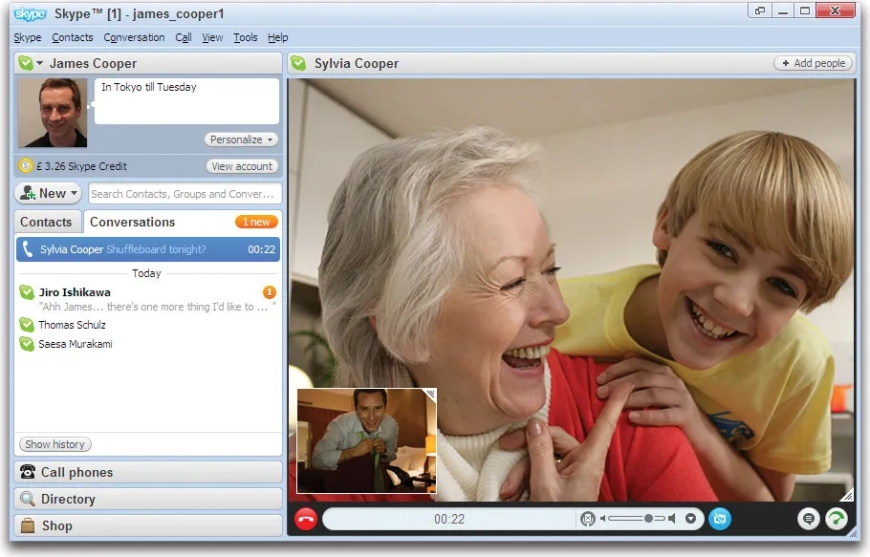
In 2003 the core vision was showed to the world with the launch of Skype,it is an completely straightforward : if you have an internet connection , the distance should not be an problem, and you can talk to anyone , anywhere , should be free .it is an remarkable goal , idea generated from spirit of technological democracy , would not only launch a multi-billion-dollar company but also fundamentally rewire how the world connects.
The Problem They Solved: Tearing Down the Toll Booths

Zennström, with his background in business and engineering physics, and Friis, the self-taught technical savant, had previously collaborated on the controversial but highly effective file-sharing platform, KaZaA. They knew firsthand the power of peer-to-peer (P2P) networking to bypass traditional centralized control points.
At the time, existing Voice over Internet Protocol (VoIP) solutions were clunky, often required specialized hardware, and struggled with firewalls and call quality. The technical challenge was immense: how to take human speech, digitize it, encrypt it, and send it reliably across the public internet without incurring the massive capital costs required by traditional telephone switching centers. The traditional carriers had a huge, expensive network of cables and central offices; Skype had to find a way to use what was already there—the internet connection everyone already paid for.
The Genius of the P2P Masterstroke
The true genius of Skype lay not in inventing internet calling, but in engineering a scalable, resilient system using P2P architecture, which was initially codenamed "Sky Peer-to-Peer."Most conventional online services—and early VoIP attempts—rely on a centralized client-server model. If a million people log in, the company needs a million connections supported by its own massive, powerful, and expensive data centers. This model is inherently prone to bottlenecks and high maintenance costs.
Skype flipped this model entirely:
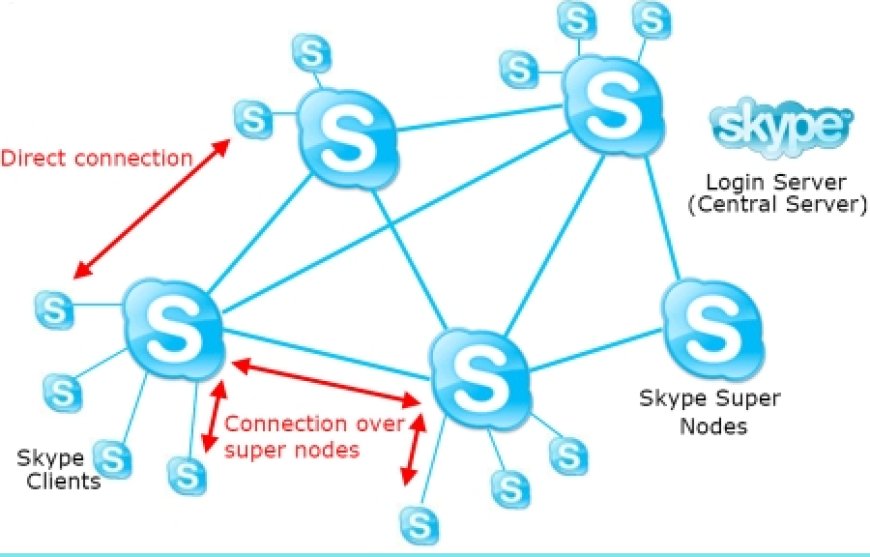
- Decentralized Power: The majority of the data (the actual voice call) was routed directly between the users' computers rather than passing through a small number of Skype-owned servers.
- Supernodes: The network depended on powerful, well-connected user machines—called Supernodes—to act as dynamic directions and relays. This meant the network’s capacity scaled with its growth. Every new user who downloaded the software added extra bandwidth and computing power, making the overall system stronger, more long-lasting, and most importantly, extremely cheap to operate.
- Firewall Traversal: This architecture effectively bypassed the difficult technical challenges like firewalls and NATs (Network Address Translators) that blocked earlier attempts at internet voice. The P2P network found creative ways to tunnel or relay connections, making sure that even a non-technical person on a residential internet connection could connect instantly.
By making the process frictionless and secure and offering the core service for free, Skype exploded into a global sensation. It provided an accessible lifeline for immigrants, students, and businesses, efficiently killing the price structure of international calling forever.
The Financial and Cultural Impact
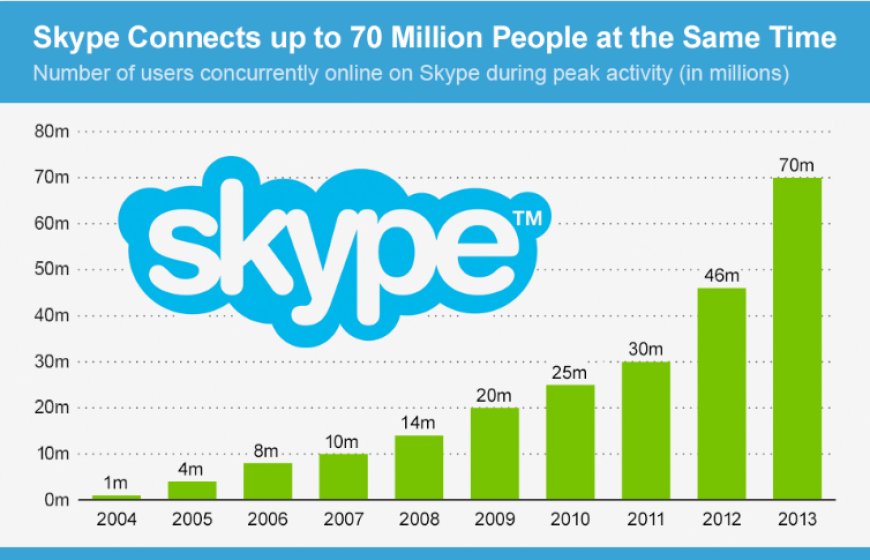
Skype’s market impact was clear, leading to one of the most famous purchase stories in early 21st-century tech:
- The eBay Era (2005): In a surprise move, the online purchasing giant eBay acquired Skype for $2.6 billion. The vision was to integrate the voice platform to facilitate complex agreements between high-value buyers and sellers. While the integration never fully matured, the price tag alone stamped Skype's importance.
- The Microsoft Acquisition (2011): After a complex period of ownership changes, Microsoft ultimately purchased Skype for a staggering $8.5 billion. This transaction was about more than just a product; it was about securing the most well-known and well-established voice and video communication platform in the world, solidifying its position as an essential tool in the digital economy.
The journey of Zennström and Friis perfectly exemplifies the ultimate entrepreneurial disruption: identifying an industry defined by unnecessary cost and complexity, and then applying a radical, smart technology to make the solution free and simple.
Beyond Skype: The Founders' Continued Struggle
Zennström and Friis's collaboration didn’t end with their staggering salary. They became an committed forces for their additional technological change as a result for their success:
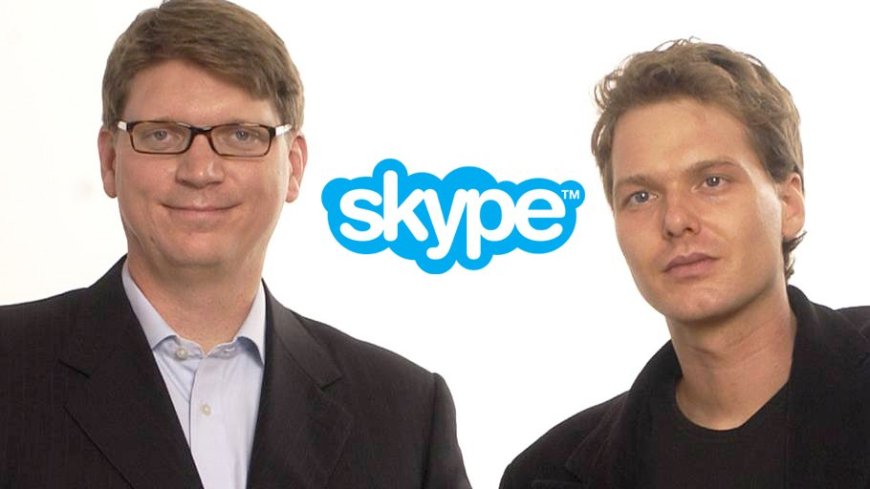
- Niklas Zennström and Atomico: Zennström made an swift transition into the investment industry by starting the Atomico, a significant venture capital firm in Europe.The company's goal is to invest in forward-thinking European tech firms,demonstrating that innovative companies can be established anywhere. Since then, Atomico has supported a number of international success stories, continuing to support the ecosystem that Skype helped to establish that.
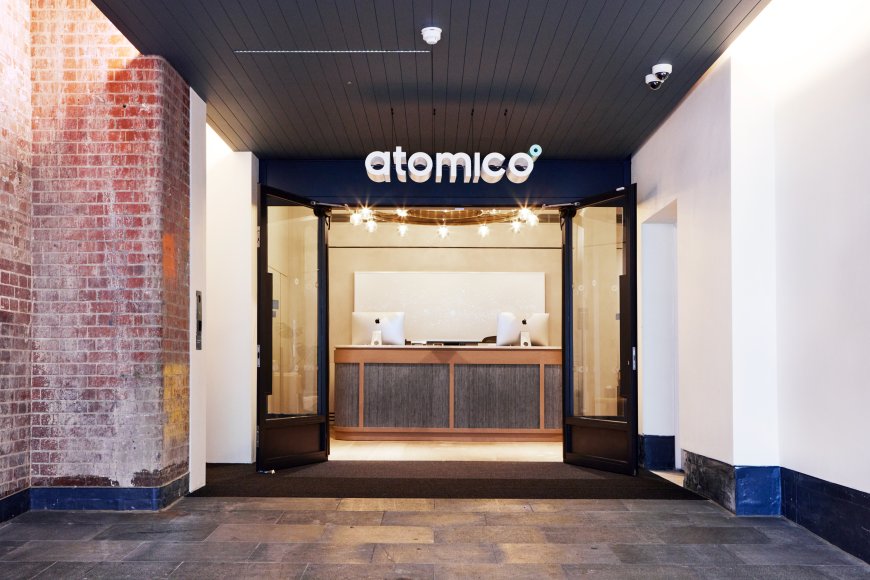
- Janus Friis and Starship Technologies: Friis has maintained a determination on creating a new, groundbreaking technologies. Later his startup,the Starship Technologies, co-founded with Skype's former Chief Architect, Ahti Heinla, is pioneering autonomous, self-driving delivery robots. This is an initiative again addresses a simple problem—the expensive "last mile" of logistics—by applying complex, cutting-edge technology (robotics and AI) to simplify and cheapen the process, echoing the P2P philosophy of decentralized efficiency.

The story of Skype is more than a tale of a single product; it is the definitive case study of how visionary founders can leverage sophisticated, decentralized technology to solve a universal problem, leading to generational disruption, wealth creation, and a permanent change in how humanity interacts.
What's Your Reaction?
 Like
0
Like
0
 Dislike
0
Dislike
0
 Love
0
Love
0
 Funny
0
Funny
0
 Angry
0
Angry
0
 Sad
0
Sad
0
 Wow
0
Wow
0
























































































































































































